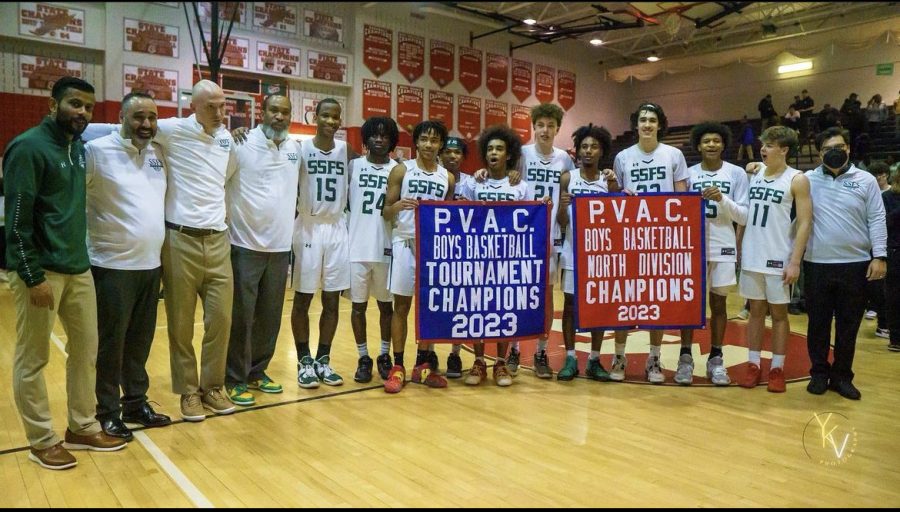In times past, watching a sports game was always as easy as turning on the television and clicking through the channels until you found your game. But in today’s world, watching your team play is anything but easy. According to Forbes, the average American pays for 2.9 streaming services, just to be able to watch their favorite teams play.
With movie streaming services like Netflix fighting to get a toehold in the sports streaming business, rights to stream sports games are being further divided.

Take for example, the Super Bowl. According to Statista, Super Bowl yearly viewership has increased by over 36 million viewers between 2021 and 2025. This year, the Super Bowl LIX streaming rights went to FOX, one of the largest streaming platforms in the country. However, this Super Bowl was a costly one, and not just for Chiefs fans. The cost of a FOX sports membership is around $30 and was required in order to watch the event. This requirement came as a shock to some, as the Super Bowl LVIII streaming rights went mostly to CBS, and Paramount+, both much cheaper than FOX. A Paramount+ membership costs around $8.00 per month, while a CBS subscription is around $6.00 per month. This can result in multi-sport fans paying over a hundred dollars per month. In addition to being the most important game in the season, the Super Bowl is a very important cultural event, with many people who would not normally watch sports tuning in to see the game, not to mention the halftime show.
Blackout restrictions are another large barrier for sports fans. Blackout restrictions are, so to speak, the “police” of broadcasting rights. A blackout restriction used to be a Franchise’s decision to encourage in-person attendance, they now are also a way of forcing online viewers to watch through a specific channel. ESPN+ is one of the largest sports streaming services available, with over 25 million memberships. And while a sports fan may believe they are getting the whole deal with an ESPN+ membership, there are still limits. MLB.com states that: “Due to certain Major League Baseball exclusivities, select regular season, special event, and Postseason games are unavailable domestically and internationally.” These restrictions transcend any sort of subscription, causing fans who already pay for multiple different streaming services to either not watch the game, or pay for a costly MLB TV subscription.
. . .
Even with all of the drawbacks, there is one major benefit of broadcasting fragmentation. Access. With so many different streaming services looking for new entertainment for their consumers, sports fans can find anything that they want. While, for example, a cricket championship in England previously would not have been available in the US, there are now streaming services that cover such nuanced events. Since their start, sports have been a social event. Entire cultures have been created because of sports, allowing many people to connect. Due to the increasing diversity in sports broadcasting, many obscure sports that were previously unheard of in most places are now being broadcast around the world, creating new audiences and new cultures.
There are a lot of modern day barriers to watching sports. Whether it be blackout restrictions or having to navigate the seemingly endless amount of required subscriptions, more and more people are struggling to tune into the games they want to watch.








Eduardo Polón • May 31, 2025 at 7:57 am
This is a relatable take on something a lot of people are feeling. With writing that is clear, well-researched, and easy to connect with, this article does a nice job breaking down the real costs and frustrations of trying to follow your favorite teams today, while also pointing out the upsides of having more access to sports from around the world.
Nathaniel • May 29, 2025 at 8:32 pm
Well done! It was fascinating to read about Blackout restrictions and the fragmentation of broadcasting rights.
Barbara von Salis • May 28, 2025 at 2:16 pm
I like how you navigate several topics in this one article. Based on the article title, I wasn’t expecting the article to be about access to sports and streaming services; a lot of this I didn’t already know. My favorite point you bring up is how many sports are finding fan bases they didn’t have before, due to the new audiences they can reach. Nice job, Riis!